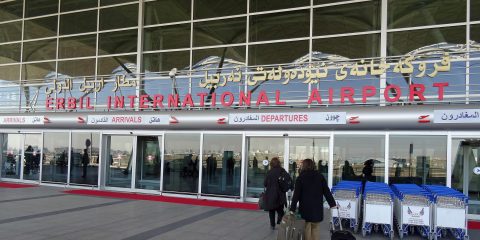The Kurds: A Divided Future?
The Kurdish regions of Syria and Iraq are linked by a thin and fragile thread, a two-lane highway that passes camps filled with refugees from the wars ravaging these lands. The road is bisected by the Tigris, the international frontier that separates not only Syria from Iraq but also Kurds from Kurds. This was the […]Joost Hiltermann writes for The New York Review of Books:
The Kurdish regions of Syria and Iraq are linked by a thin and fragile thread, a two-lane highway that passes camps filled with refugees from the wars ravaging these lands. The road is bisected by the Tigris, the international frontier that separates not only Syria from Iraq but also Kurds from Kurds. This was the border that first took shape one hundred years ago this week with the Sykes-Picot agreement between Britain and France—the first of a series of negotiations aimed at dividing the former Ottoman territories of the Levant between the two European powers. And while ISIS has made its hostility to the Anglo-French map well known, it is arguably the Kurds who have been most affected by the modern state system that has emerged from it.
Just how divided the more than 30 million Kurds continue to be was made clear to me this spring, when I crossed this border from Iraq to Syria. The crossing itself is not difficult: on the Iraqi side, an immigration officer of the Kurdish Regional Government in Erbil checks with her supervisors, fills out a form, and gives the green light. The whole procedure takes less than fifteen minutes. A small boat then ferries you across to Syria, where an employee of the newly-minted Autonomous Administration of the Syrian Kurdish region enters your information, and gives you a stamped piece of paper attesting to your right to enter. You are then free to drive westward to Qamishli, the first major Syrian Kurdish town. On neither side of the border can one find evidence that the sovereign governments in Baghdad and Damascus are exercising their authority here.





